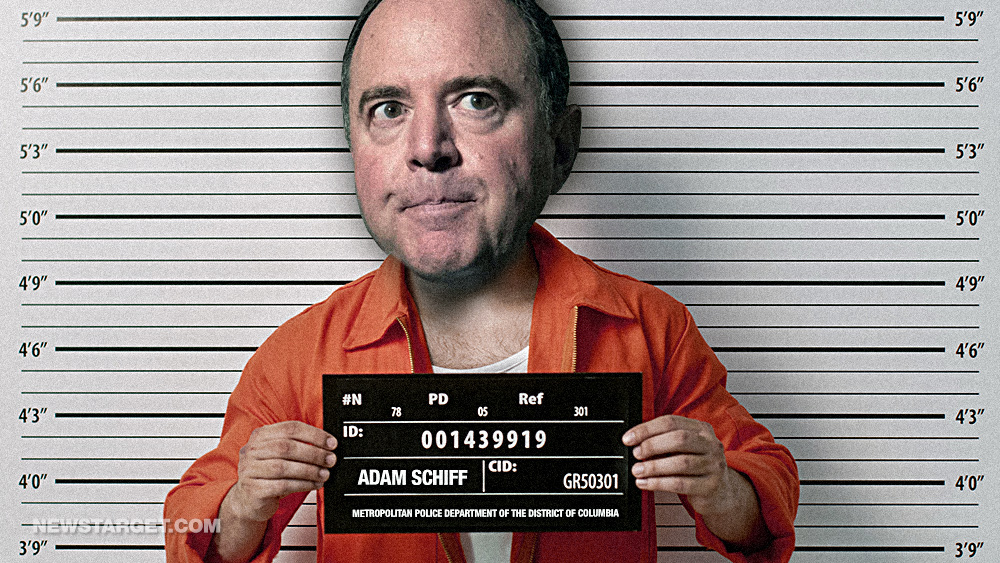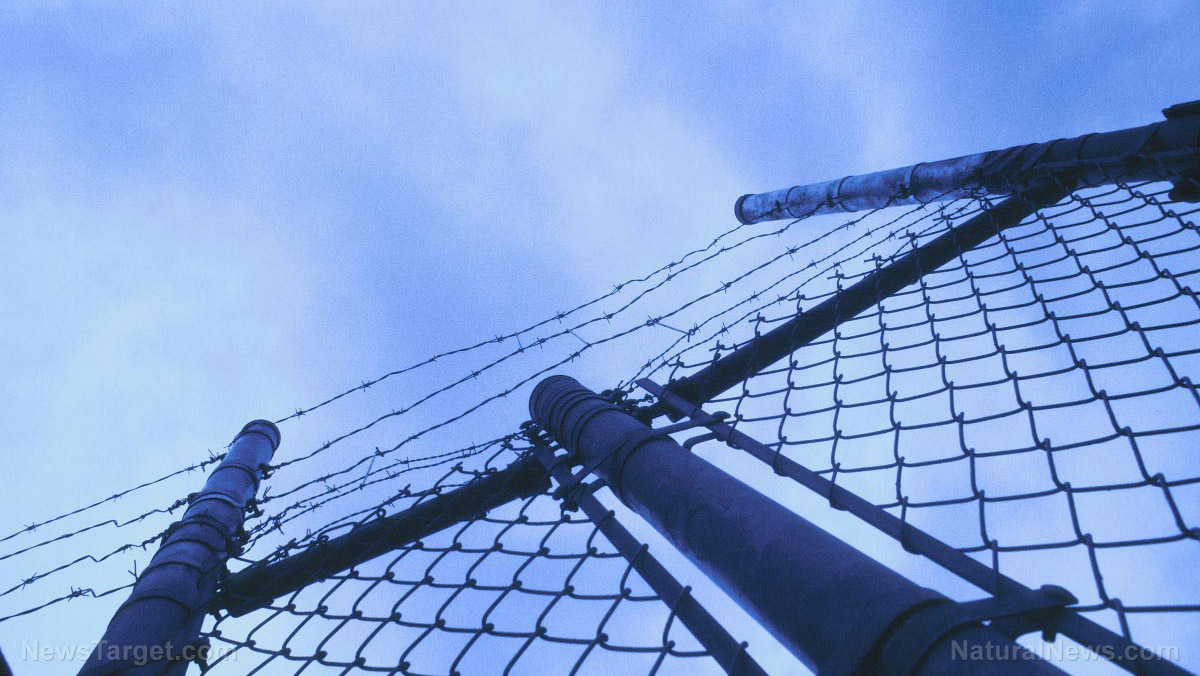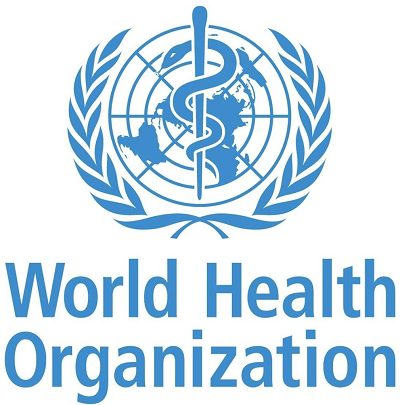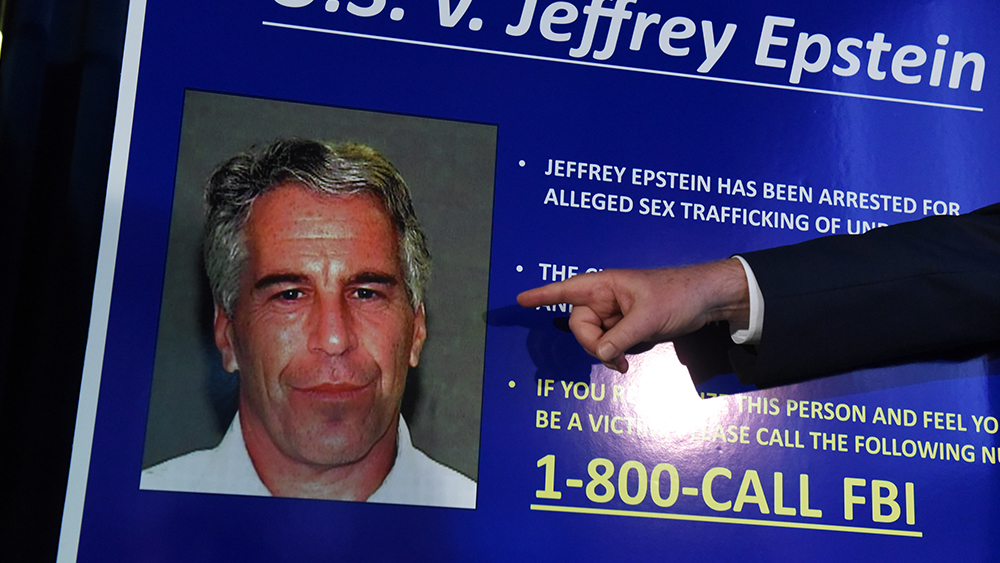Medicare Industrial Complex BANKROLLING off USELESS medical services to the tune of $4.5 BILLION per year
08/05/2025 / By S.D. Wells

The chronic sick care industry of the United States of America is already a huge waste of money, resources and technology, where Big Pharma thugs embezzle billions of dollars while the doctors treat only the symptoms of deeper-rooted illnesses, diseases and disorders. It’s a sad state of affairs, and it just keeps getting worse. Here’s a perfect example of that.
A new study reveals that American seniors are receiving an estimated $4.4 billion annually in medical services that provide little to no clinical benefit—most of which is paid for by Medicare. These so-called “low-value” services include unnecessary tests, procedures, and screenings that are not only wasteful but can also cause harm. Of the total amount, Medicare pays $3.6 billion while beneficiaries bear $800 million in out-of-pocket costs.
- Billions Wasted on Ineffective Care: Medicare spends approximately $4.4 billion annually on low-value medical services—tests and procedures that offer little to no clinical benefit—with $3.6 billion paid by Medicare and $800 million by patients out of pocket.
- Common but Questionable Procedures: Services like prostate cancer screening in elderly men, spinal injections for back pain, and head scans for routine headaches are frequently used despite evidence of minimal benefit and potential harm.
- Most Costly & Frequent Offenders: Just 20 of the 47 identified low-value services account for 95% of the spending, including screening asymptomatic patients for COPD, testing urine without symptoms, and feeding tubes for advanced dementia patients.
Billions Wasted on Unnecessary Medical Care for Seniors, Study Finds
The analysis, led by Dr. David Kim of the University of Chicago and Dr. A. Mark Fendrick of the University of Michigan, examined 47 commonly overused medical services using claims data from a representative 5% sample of Medicare beneficiaries (3.7 million people) between 2018 and 2020. Their research, published in JAMA Health Forum, identified 2.6 million instances of low-value care each year within the sample—implying tens of millions when scaled to Medicare’s entire 65.7 million-member population.
Among the costliest unnecessary services were:
- Screening for chronic obstructive pulmonary disease (COPD) in asymptomatic individuals
- Testing for bacteria in urine without urinary symptoms
- Feeding tubes for patients with advanced dementia
Five services—such as PSA testing for prostate cancer in older men and screening for asymptomatic carotid artery stenosis—have received a “grade D” from the U.S. Preventive Services Task Force (USPSTF), meaning they are not recommended due to a lack of benefit or potential for harm. These five alone account for $2.6 billion of the $4.4 billion spent annually.
The study also found that the most frequently used low-value services were imaging procedures for conditions like plantar fasciitis, headaches, fainting (syncope), and low back pain. Prostate-specific antigen (PSA) tests in elderly men and spinal injections for back pain also ranked high in frequency, despite limited evidence of their utility in older populations.
Importantly, the $4.4 billion estimate is likely conservative. It does not include the broader financial and clinical consequences of “care cascades,” where one unnecessary service leads to additional tests, procedures, or complications. For example, previous research found that each dollar spent on unnecessary PSA screening generated $6 in additional follow-up costs.
Beyond financial waste, patients also face real risks—including radiation exposure, complications from invasive procedures, and psychological distress from false positives. In some cases, like feeding tubes for dementia patients, interventions may actually reduce quality of life without extending survival.
To combat this waste, the study suggests several policy measures:
- Enforcing the ACA provision allowing Medicare to deny coverage for grade D services
- Implementing prior authorization for certain tests
- Revising electronic health records to remove low-value options
- Educating clinicians about evidence-based guidelines
However, curbing low-value care will not be easy. Physicians may reclassify services to bypass restrictions, and cultural factors like patient demand and fear of lawsuits can encourage overuse. Still, the potential benefits—both financial and clinical—are significant. Reducing wasteful care could free billions for more effective treatments while sparing seniors from unnecessary harm.
Bookmark Infections.news to get the latest updates about the engineered “bird flu pandemic” and how the Medical Industrial Complex is rigged to keep Americans sick and bankroll off it every day.
Sources for this article include:
Submit a correction >>
Tagged Under:
chronic sick care, costly care, deception, government debt, hospital care, hospital waste, medicaid, medical devices, Medicare, medicare waste, sick care, sick care complex
This article may contain statements that reflect the opinion of the author
RECENT NEWS & ARTICLES
COPYRIGHT © 2017 CORRUPTION NEWS




















